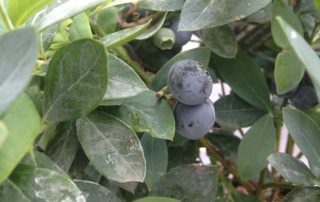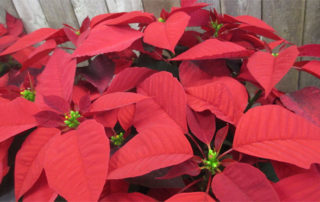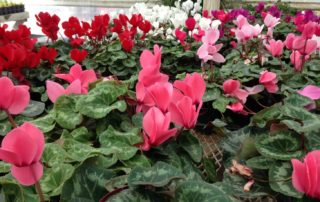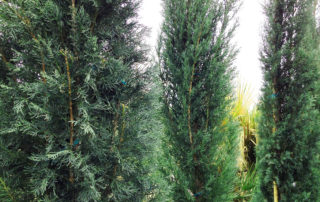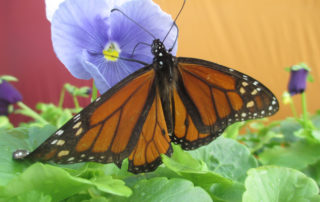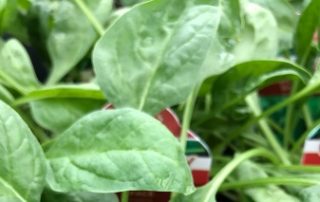Using Oil Products to Control Insects and Disease
We now have available to us a wide range of oil products to use as alternatives to synthetic insecticides and fungicides. These include oils distilled from petroleum and oils extracted from plants and animals. Petroleum oils (including mineral oils) are highly refined, paraffinic oils that are often referred to as horticultural spray, summer oil, spray oil or white mineral oil. We recommend Bonide “All Seasons Spray Oil” for late winter insect and disease control. (The antiquated term “dormant oil” referred to the heavier, less refined oils produced in the past [...]



